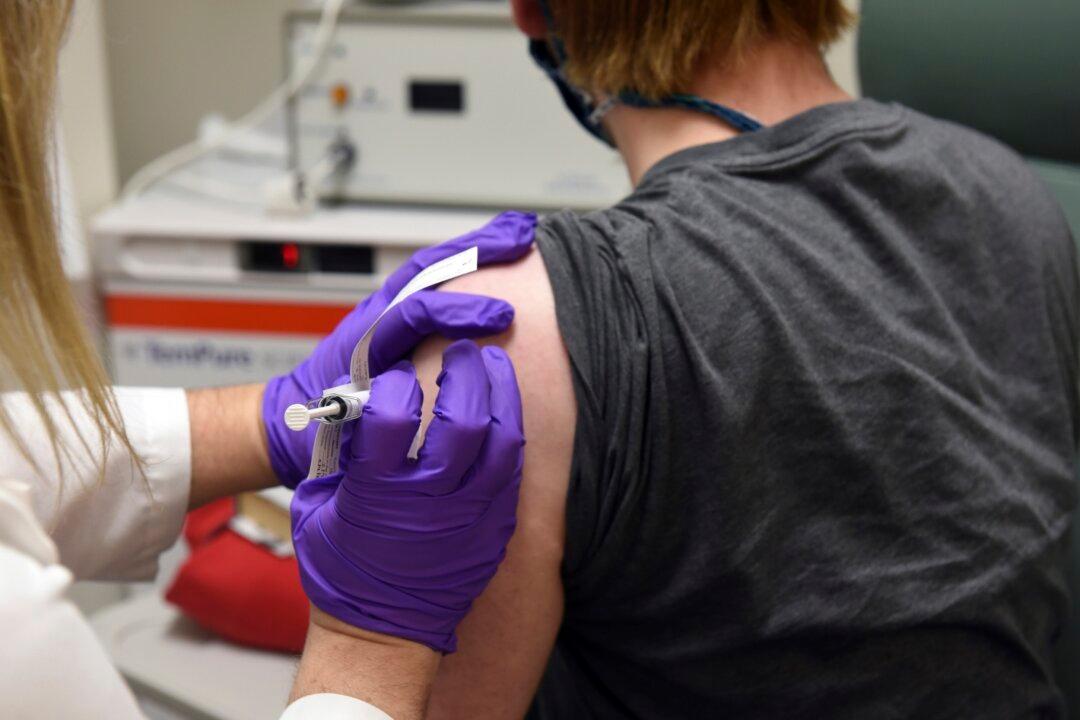Australia’s state and territory leaders endorsed the nation’s CCP virus vaccination policy during a meeting of national cabinet on Friday which sets out how the vaccine program will be rolled out.
Prime Minister Scott Morrison, who chairs national cabinet, said in a statement that it will be one of the biggest exercises in health logistics Australia has ever seen. He said the vaccine is “Not mandatory, but strongly encouraged.”





